Prehistory
Prehistory refers to a time long ago when as far as we know, people could not read or write. To help us understand what life was like at this time, we need to examine objects and look for clues.
There are three broad prehistoric periods, each named after the materials that people made their tools from.
The earliest is the Stone Age that is itself divided into three periods - Palaeolithic (Old Stone Age), Mesolithic 8000 BC—4500 BC (Middle Stone Age) and Neolithic 4500 BC—2500 BC (New Stone Age)
We are not sure if Palaeolithic people lived in Ireland, so the story of the first settlers begins in the Mesolithic, or Middle Stone Age, some 10,000 years ago.
Mesolithic hunter gatherers (8000—4500 BC)
Mesolithic people did not farm or keep animals. They hunted and gathered supplies using stone tools made from flint. We have uncovered evidence to show that they:
- fished in the rivers and loughs for salmon, trout, and eel
- hunted at sea for seals, collected shellfish, and gathered seaweed
- caught birds and collected their eggs
- hunted wild boar and gathered fruits, nuts and berries in the forests.
The camp at Mount Sandel, near Coleraine, is an example of one of their settlements. It is a particularly well-placed site, within easy access of the river, the forest and the sea. Remains of their meals have been found showing they had a varied diet.
It wasn’t always easy for Mesolithic people to stay in the one place. Many needed to follow migrating animals, or look for foods as they came into season in different areas.
Neolithic farmers (4500—2500 BC)
Around 4500 BC, people in Ireland began to change the way they lived. These changes were brought about by the arrival of new settlers. They farmed the land and kept animals, introducing a range of skills including the ability to make clay pots.
Stone tools such as axes helped clear the forest to make fields. The wood was used to build strong houses.
Large stone monuments were made to bury the dead. These are known as ‘megalithic’ tombs. Only a privileged few could expect such a burial.
Bronze Age (2500—600 BC)
The first metal objects appear in Ireland around 2500 BC as the knowledge of metalworking spread across Europe. They were made from copper, but this soon changed to bronze – a harder metal made of copper and tin. Bronze replaced stone to make spears, axes, daggers and swords. Other types of objects include the large cauldrons and buckets used at feasts for cooking and holding drinks. Musical horns are among the more unusual items found from this period. Gold was fashionable for making jewellery of the highest quality used as bracelets, neck-rings and tiny lockets known as ‘bulla’.
Curiously, the large megalithic tombs of the Neolithic give way to simple graves. Other changes see society becoming more warlike as defensive hillforts are the largest structures built during the Bronze Age.
Iron Age (600 BC—400 AD)
Iron appears in Ireland between 600 BC and 400 AD. It marks the arrival of Celtic-speaking traders or settlers.
Iron was used to make tools and weapons including swords and spears. Bronze was still popular for certain objects such as horse bits and scabbards (protective sheaths for swords). These were decorated in a distinctive style.
Compared with earlier periods, there is surprisingly little known about how ordinary people lived, or buried their dead. Oral histories, written down many years later, may refer to these Iron Age times. They include stores of Kings and warrior champions, including Cú Chulainn, known as the hound of Ulster. Some of these stores are set in Navan Fort, in County Armagh. Despite being called a fort, the purpose of the site was more of a religious or ceremonial nature.
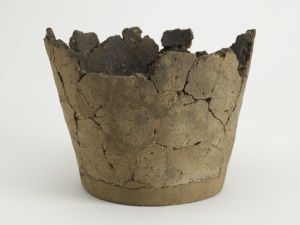
BELUM.A26421
Pot
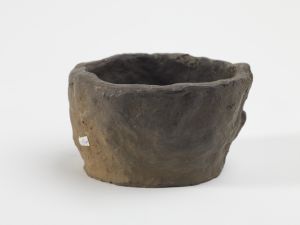
BELUM.A26397
Pot
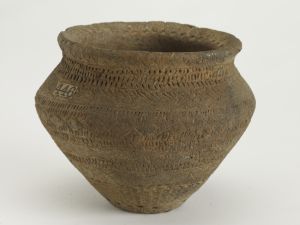
BELUM.A324.1911
Pot : urn : vase

BELUM.A3932
Pot : food vessel

BELUM.A315.2.1911
Pot : food vessel : pygmy cup
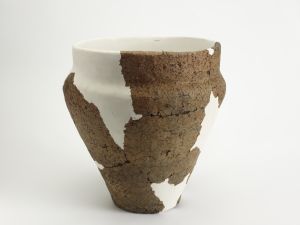
BELUM.A14.1990
Pot : urn : vase
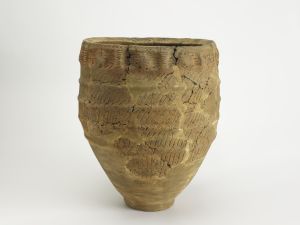
BELUM.A115.1945
Pot
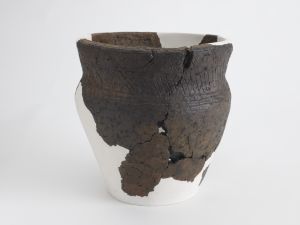
BELUM.A5.1990
Pot : vase
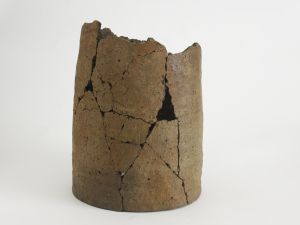
BELUM.A26399
Pot
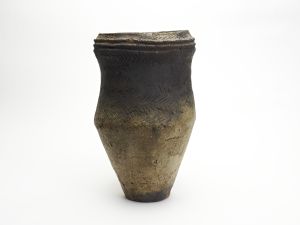
BELUM.A26453
Pot : beaker
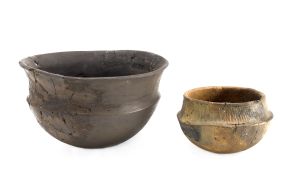
BELUM.A26385
Pot
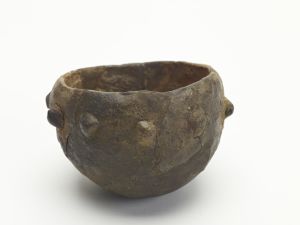
BELUM.A26388
Pot
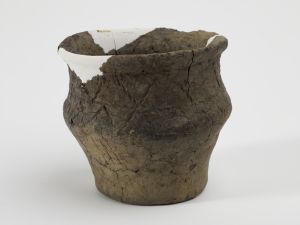
BELUM.A4.1990
Pot : vase
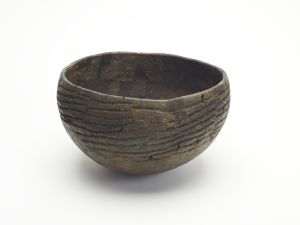
BELUM.AX41.2
Pot
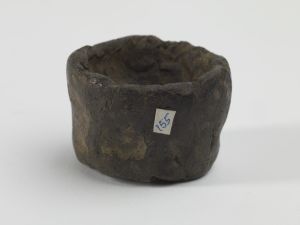
BELUM.A26398
Pot
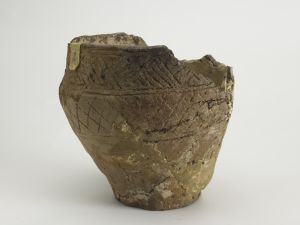
BELUM.A26408
Pot
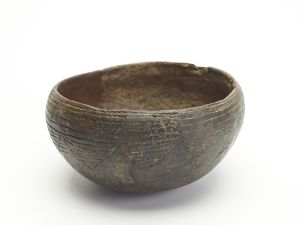
BELUM.A26386
Pot
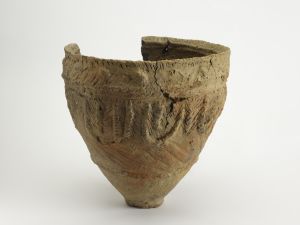
BELUM.A26356
Pot : urn : encrusted
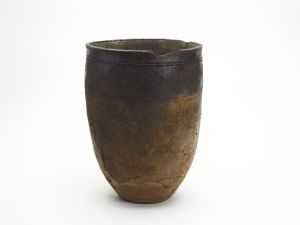
BELUM.A26396
Pot : urn : cordoned
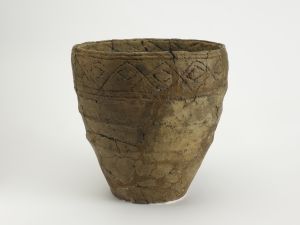
BELUM.A26402
Pot
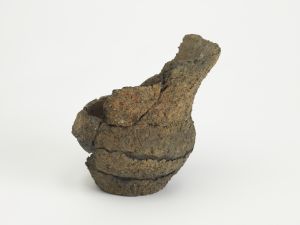
BELUM.AX16.1
Pot : beaker
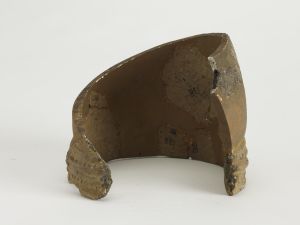
BELUM.AX16.161
Pot
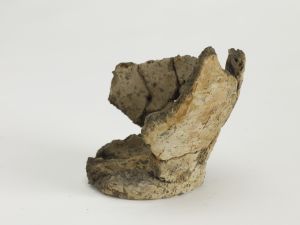
BELUM.AX17.44
Pot : beaker
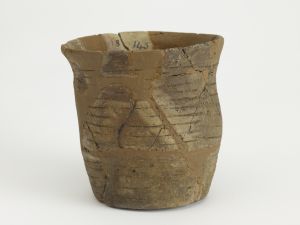
BELUM.AX17.96
Pot : beaker
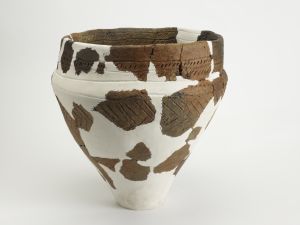
BELUM.A2.1990
Pot : urn : vase
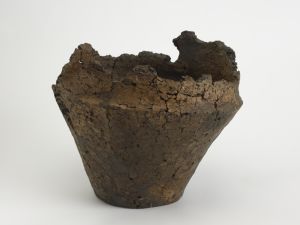
BELUM.A26423
Pot : urn : collared
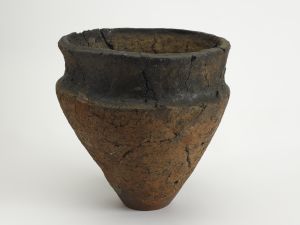
BELUM.A26318
Pot : urn : collared
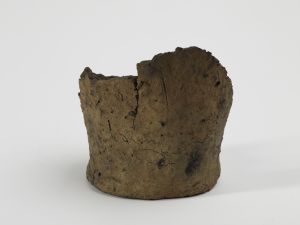
BELUM.A26407
Pot
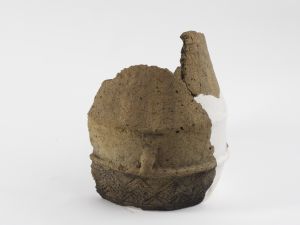
BELUM.A26508
Pot
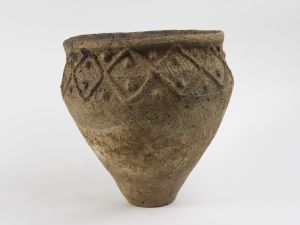
BELUM.A26509
Pot : urn : encrusted
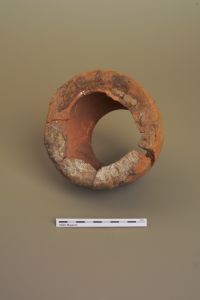
BELUM.AX40.5.1
Pot : urn : encrusted
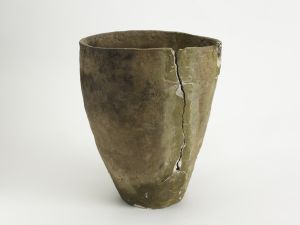
BELUM.A26404
Pot

BELUM.A811.1930
Pot : urn
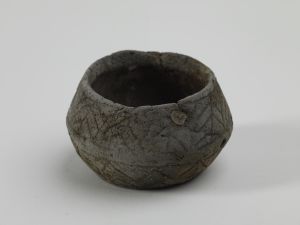
BELUM.A26343
Pot : vessel : miniature
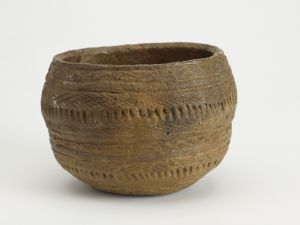
BELUM.A7953
Pot : food vessel : bowl
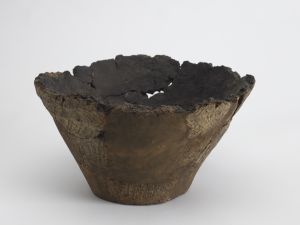
BELUM.A26401
Pot
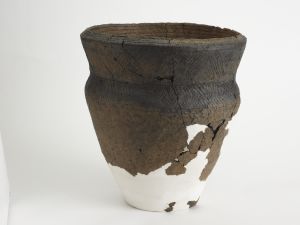
BELUM.A3.1990
Pot : urn : vase
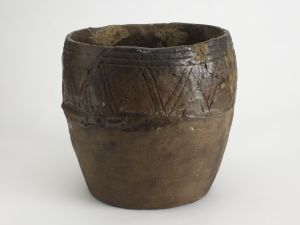
BELUM.A26406
Pot
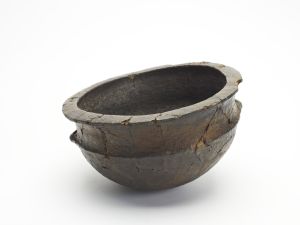
BELUM.A26381
Pot
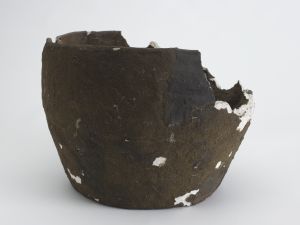
BELUM.A26405
Pot
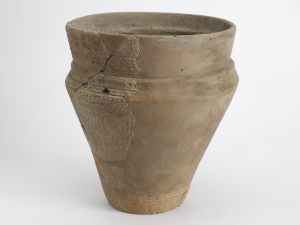
BELUM.A4030
Pot : urn : reconstructed
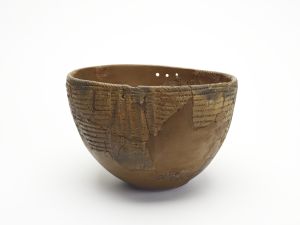
BELUM.A26382
Pot
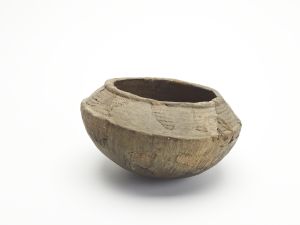
BELUM.A26383
Pot
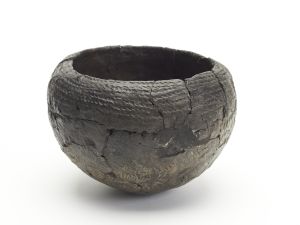
BELUM.A26384
Pot
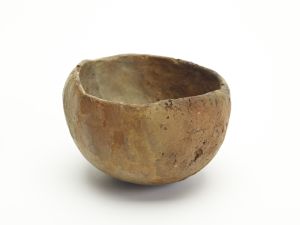
BELUM.A26387
Pot
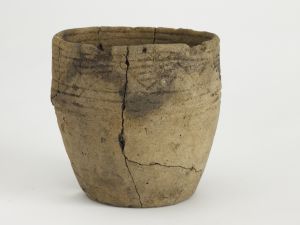
BELUM.A26319
Pot
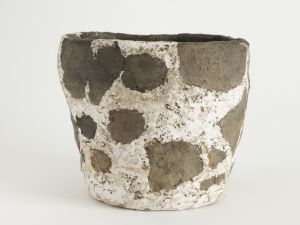
BELUM.A26410
Pot
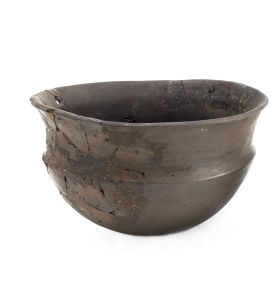
BELUM.A26389
Pot
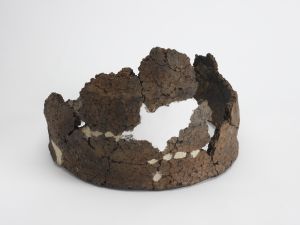
BELUM.A26422
Pot
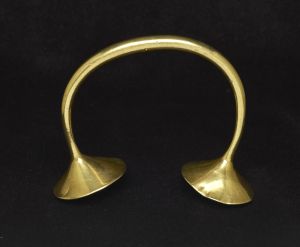
BELUM.A147.1933
Dress-fastener
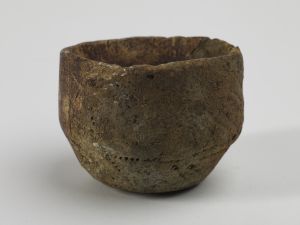
BELUM.A302.1934
Pot : food vessel : pygmy cup
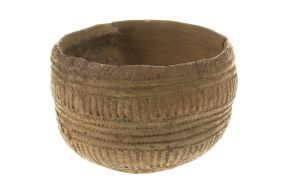
BELUM.A3924
Pot : food vessel : bowl : bipartite


